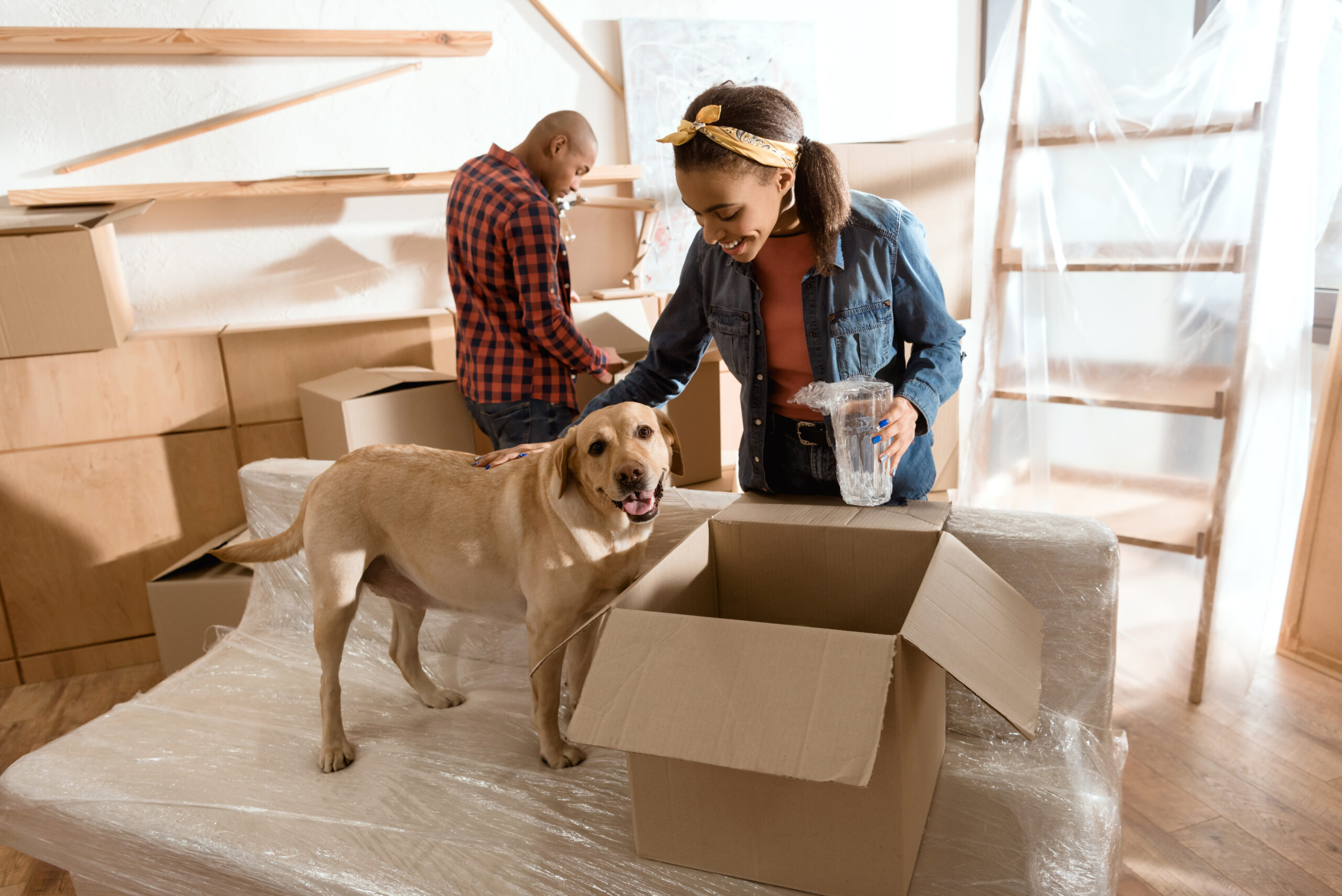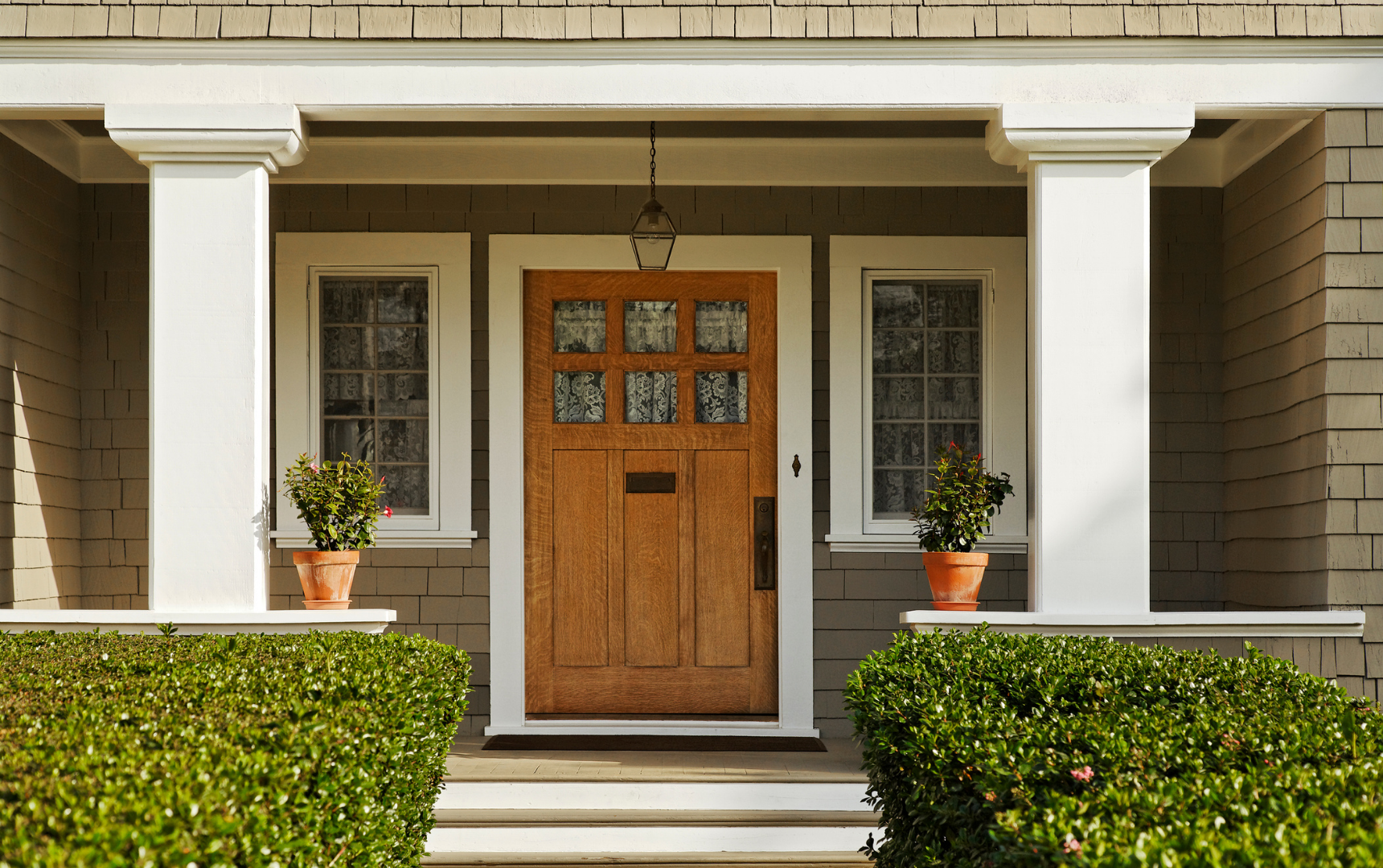Making your home more energy efficient is not only good for the environment but also for your wallet. Small changes can make a big difference in your energy bill. Thankfully we live in a time where technology and innovation make changes much easier than in the past. We have the resources to live greener now let’s put it into practice. Here are 5 ways you can make your home more energy efficient!
Use Less Hot Water to Wash
Whenever possible, use warm or cold water when running your washing machine. Your machine uses a large percentage of energy just to heat the water so using less hot water in each load can add up and result in less energy and cost.
Unplug
When not in use, it’s best to unplug small appliances such as toasters, kettles, coffee pots, etc. as well as, phone and laptop chargers. A smart power cord could also be a hands-free option. A smart power cord will sense when there is no object plugged in or if the object plugged in is not in use and will then cut the energy off until it is needed.
Replace Light Bulbs
Changing out light bulbs to LED bulbs will not only save you money on your energy bill but also will last longer. LED bulbs use up to 90% less energy and can last 15 times longer. They also produce less heat and are made of sturdier material, making them an all-around safer option.
Lower thermostat
According to www.directenergy.com, setting your home to 78F in the summer and 68F in the winter are the optimal temperatures that will keep you comfortable while saving money. Additionally, during the spring and fall when temperatures are more likely to be naturally comfortable outside, opt to turn your system off altogether and open the windows for fresh air. Another thing to keep in mind, space heaters and air conditioning window units tend to eat up a lot of energy. Turning off and unplugging these units is not only saving energy, but also important for safety.
Lights Out
Habits like turning the light off as you leave a room and opening the blinds to use natural sunlight overtime will become second nature and could add up in big way when it comes to your energy bill. Investing in smart plugs could make this even easier by automating the process. There are many smart plug options out there that allow you to control right from your phone. This will allow you to control what’s on or off while you’re not even home!
Taking all, or even a few, of these simple steps can add up over time and won’t require much up front costs. For more home maintenance tips and tricks, visit our website at www.firsthome.com/resources!




